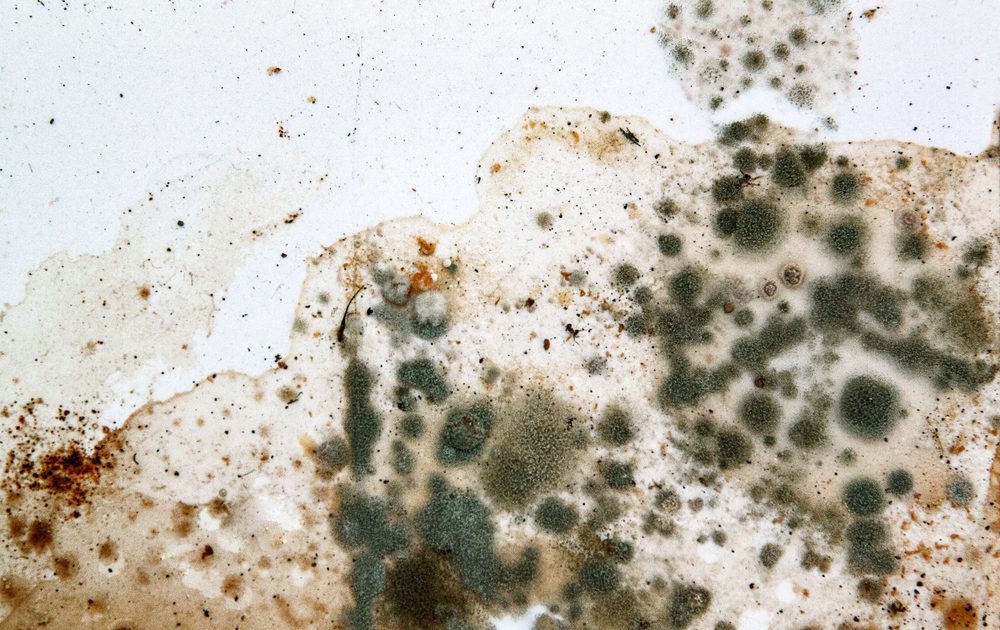How Mold Can Affect Your Health?

Family members are often affected by unexplained health symptoms, such as the feeling of weakness, headache, nausea, sneezing, sore throat, wheezing, coughing and scratchy throat. It’s easy to think that these are caused by anemia or just common cold. However, mold infestation can be the actual problem. You may confirm this condition if the interior of your house is always humid and there’s a consistent musty odor. If there’s a high level of moisture inside your home, there’s a good chance that mold is already infesting the house. You can’t keep your house clean, if there’s a persistent mold issue. For its reproduction, molds produce tiny spores and millions of them may contaminate the indoors air. Because mold spores are very small, they can penetrate many barriers.
Mold spores thrive on damp areas. They will start to germinate and digest any available organic substances in the area. Mold can grow on carpet, old newspaper, exposed wood surface, foods and moist walls with remains of dead fungi. You should check whether the humidity level in your house is unusually high. It’s often a practical way to stop or at least, significantly reduce mold activity inside your house. Mold is dangerous to your health and it can make your family members to get permanently sick. Even non-toxic mold species could progressively degrade your body defense, making you more vulnerable to various allergic reactions. For elderly people and sick individuals, mold could worsen their condition. Mold problems can be so tricky that some doctors don’t know initially what cause their patients to get sick. There are three most common types of mold that can be found in houses:
- Aspergillus: Aspergillus is an opportunistic pathogen and its spore can directly lower your immune system. Not only allergy and respiratory diseases, aspergillus is also responsible for lung, liver, never and even heart diseases. Constant exposure to spores could also cause permanent damage to your eyes. Aspergillus has deadly toxins and it’s often used as biological weapon. Unfortunately, many houses have aspergillus mold. It could thrive in cooling and heating systems, as well as wall cavities.
- Stachybotrys: Stachybotrys is also known as black mold, which produces deadly toxin. It can be lethal to children and animals. In fact, Stachybotrys is often called as baby killer. It grows on dry cellulose that gets wet due to high humidity, such as old stacks of papers and wallpapers. If your house has been affected by water damage due to sewer leakage or roof damage, you should aggressively dry up the interior. Symptoms of Stachybotrys infestations in your house include skin rashes, chronic fatigue, flu-like illnesses and others.
- Penicillium: Penicillium is not a trivial matter. It’s so dangerous that penicillium can be associated with high risk of cancer. It produces toxic substances that cause various horrible effects to your health. Just weeks after plumbing leaks, roof damage and others, penicillium could start to grow. Condensation could occur in invisible areas and they are hard to discover. Penicillium could produce toxic spores that are breathed in by family members.
